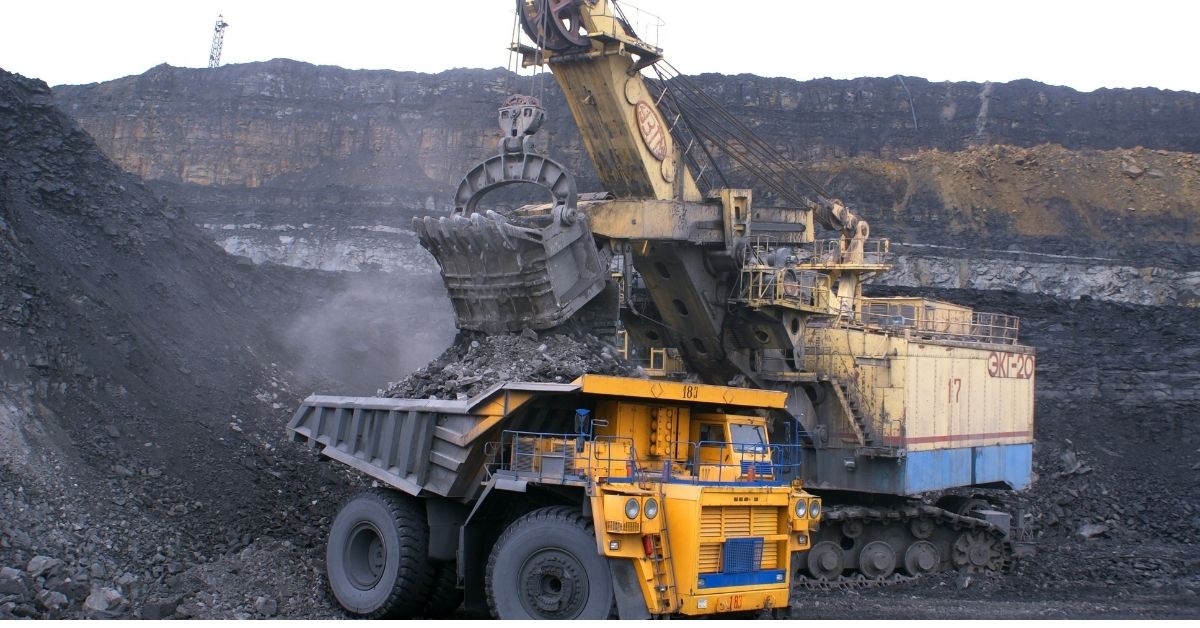Major Applications of Mining Engineering
Mining engineering is the prospecting for minerals from beneath, on the earth, or above. This is the art and science of extracting resources of different kinds from the earth. This is also known as mineral engineering. It deals with all the aspects involved in mining and provides solutions for the needs of consumers and marketers. Mining engineering involves all the elements that are involved in mining activities. These include machinery used in mining, people who work in the mining industry, and the products they produce.
In this engineering branch, there are three major divisions. These are geology and metallurgy, which are both concerned with the mineral properties found in rocks and how these are extracted from the rocks. Geology looks into the information provided by surveys about the mineral content of the rocks. Metallurgy studies the process of extraction of metals from rock. There is also a sub-division in this field of engineering called environmental mining which mainly deals with the use of mining equipment in environmentally sensitive environments.
The main objective of mining engineering is to extract valuable resources from under the earth’s surface. Many minerals are formed deep under the earth’s surface and require very high temperatures to transform them into usable material. Several minerals need a lot of pressure and heat to transform into useful material. This is the reason why mining is done deep beneath the surface of the earth. For instance, gold found in mines must undergo very high-temperature treatments so as to make it easier to extract it from the rocks.
Many minerals are transported to places where they are extracted. This transportation process is known as quarrying engineering. Another aspect of mining engineering deals with the creation of mining trails or paths following the mining process. These paths are constructed so as to ensure the safety of workers, as well as other explorers who are looking for minerals.
A lot of equipment used in mining engineering processes can be classified as mechanical or biological. Mechanical engineering includes the design and construction of machinery used in mining operations. Biological engineering mostly deals with the design and implementation of agricultural practices that promote soil fertility. Both of these applied science areas are essential for all miners to safely operate underground mines.
There are two major branches of engineering that are being used in underground mining engineering i.e. metallurgical engineering and explosives engineering. Metallurgical engineering mainly deals with the creation and production of steel, concrete, and other materials that are required in mining operations. Excavation engineering is concerned with creating space for underground mining and the positioning, ventilation, lighting, and drainage facilities for such operations. After the identification of the location of the potential mine, the next step in mining engineering is to define the procedure to be followed in mining the mineral and rock.
One of the most important factors in mining engineering is geotechnical study, which mainly deals with the basic sciences required for proper vein development and load-bearing capacity. It also takes into consideration the most suitable methods to be adopted for mining operations. This application is also known as structural engineering. In the process of structural engineering, engineers use a variety of technological means for building the structure of a mine underground. Once the mine is operational, all these techniques are used for various mining operations like drilling, tunneling, and panning, etc. These applied science methods are also applied during surface mining too.
Another branch of applied science is metallurgical engineering, which mainly deals with the production of materials that are required for the manufacturing of iron, steel, zinc, coal, and other elements. They also produce materials that are required for mining operations. During the old days, when metal was so costly, this engineering branch was considered a highly profitable one. As days are passing by, this industry has developed and has become highly specialized and now it focuses more on quality rather than cost while designing and manufacturing various metals and their components.




